Plan Your Kenyan Photo Adventure: Top Spots & Insider Tips
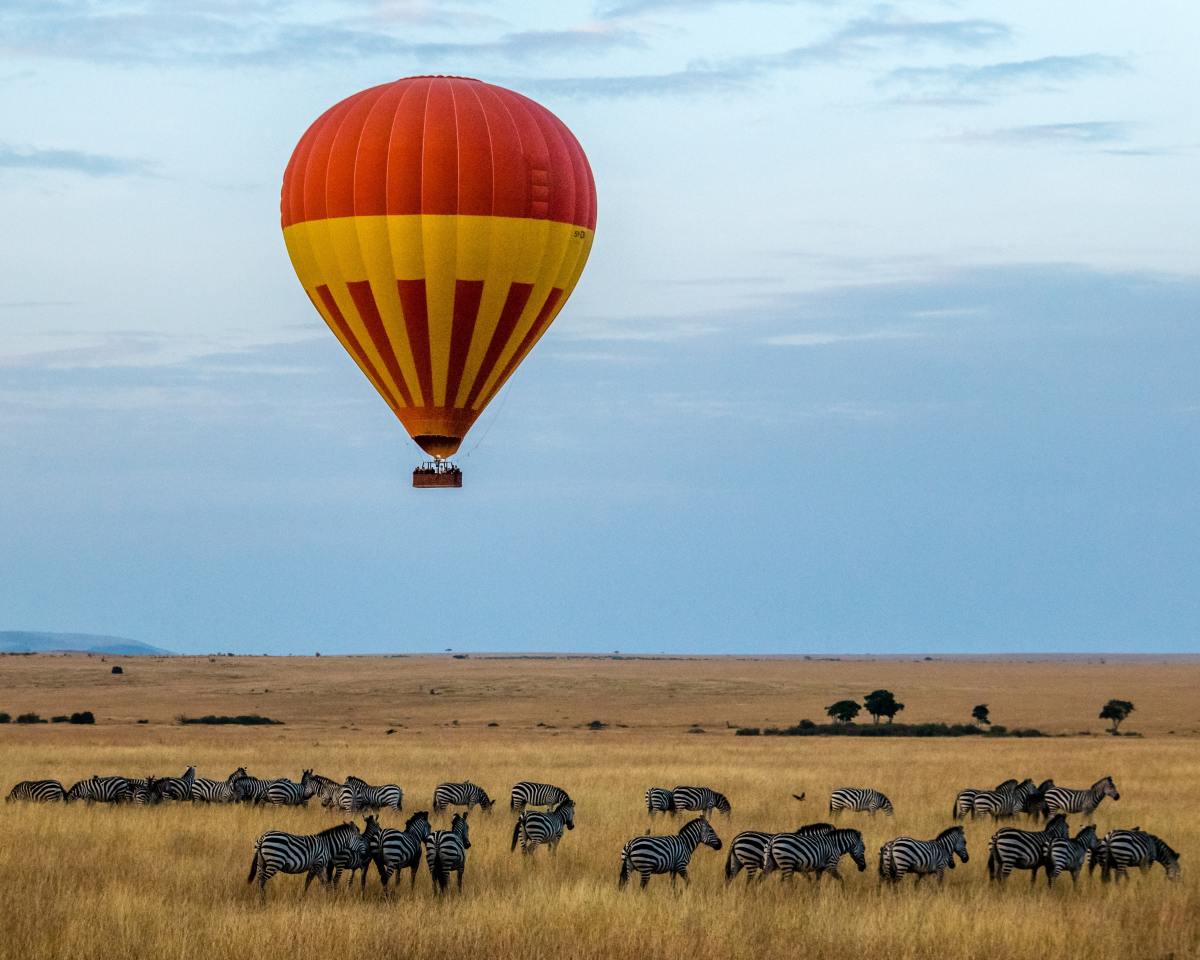
Introduction
Why Kenya is the Ultimate Destination for a Photo Adventure
Kenya is a paradise for photographers, offering a plethora of stunning landscapes and captivating wildlife. Whether you are a professional photographer or a hobbyist, Kenya provides countless opportunities to capture breathtaking moments. Here's why Kenya is the ultimate destination for a photo adventure:
-
Safari Experiences: Kenya is renowned for its world-class safaris, allowing you to get up close and personal with the Big Five (lion, elephant, buffalo, leopard, and rhinoceros). These excursions allow you to photograph these majestic creatures in their natural habitat, creating unforgettable images.
-
Diverse Landscapes: From the iconic Maasai Mara and the Great Rift Valley to Mount Kenya and the stunning coastline, Kenya boasts a wide range of diverse landscapes. Each area offers unique photographic opportunities, from wildlife encounters on the savannah to capturing the beauty of the turquoise waters along the coast.
-
Colourful Culture: Kenya has a rich mix of cultures and ethnicities, providing a vibrant tapestry of traditions, music, and dance. Immersing yourself in the local communities allows you to capture authentic and compelling images portraying Kenyan culture's beauty.
Benefits of Planning Ahead for Your Kenyan Photo Adventure
Planning ahead for your Kenyan photo adventure comes with several benefits:
-
Availability and Flexibility: By planning your trip, you increase your chances of securing accommodations at the top photography locations. You can also take advantage of flexible travel dates and opt for guided tours or private excursions catering to your photography needs.
-
Photography Equipment Preparation: When planning, you have ample time to gather and test your photography equipment, ensuring you are well-prepared for the unique challenges of shooting in the African wilderness. This includes selecting suitable lenses, tripods, and protective gear to capture those perfect shots.
-
Maximize opportunities: With a well-planned itinerary, you can make the most of your time in Kenya. From scheduling sunrise and sunset shoots to visiting photography hotspots during the migration season, proper planning allows you to take advantage of the best lighting conditions and wildlife sightings.
-
Local Knowledge and Support: Consulting with local photographers and guides ahead of your trip provides you with invaluable insider tips and advice. They can recommend lesser-known locations and the best times to visit and help you navigate any permit requirements, ensuring a smooth and memorable photo adventure.
Kenya offers unparalleled photo opportunities, from its stunning wildlife and diverse landscapes to its vibrant culture. By planning, you can optimize your photo adventure and capture breathtaking images that tell the story of this remarkable country. So start planning, pack your camera gear, and embark on an unforgettable Kenyan photo adventure.
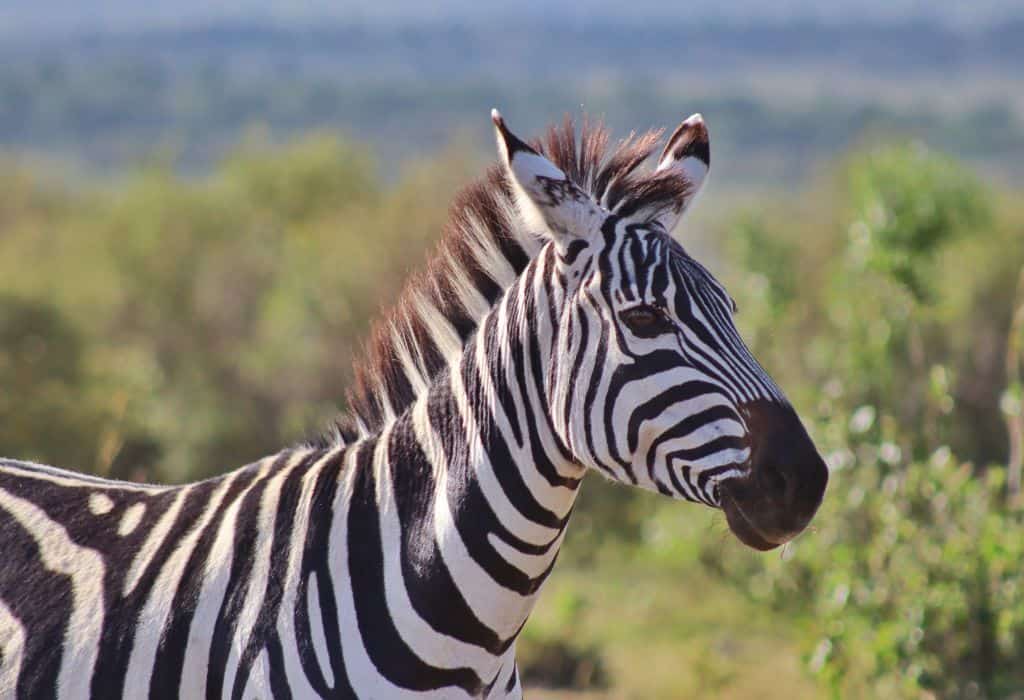
Masai Mara National Reserve
Overview of Masai Mara National Reserve
The Masai Mara National Reserve is one of Kenya's most iconic wildlife destinations. Known for its vast savannah and diverse wildlife, it offers incredible opportunities for photography enthusiasts. Here's an overview of what the reserve has to offer:
-
Abundance of Wildlife: Masai Mara is home to an impressive array of wildlife, including the famous Big Five - lions, elephants, buffalos, leopards, and rhinoceros. Additionally, the reserve is renowned for its annual wildebeest migration, a spectacle that attracts photographers worldwide.
-
Stunning Landscapes: The reserve's landscapes are breathtakingly beautiful, with rolling plains, acacia trees, and the meandering Mara River. The golden hues of the savannah at sunrise and sunset provide a stunning backdrop for your wildlife photography.
-
Cultural Immersion: The Masai people are indigenous to the area, and a visit to the reserve allows you to experience their vibrant culture. Capture images of their colourful clothing, traditional dances, and unique way of life for a more holistic photography experience.
Wildlife Photography Tips in Masai Mara
Photographing wildlife in Masai Mara requires patience, technique, and some insider tips. Here are a few tips to enhance your wildlife photography experience:
-
Use the Right Equipment: Invest in a telephoto lens to capture detailed close-ups of the animals without disturbing their natural behaviour. A sturdy tripod will help stabilize your camera for sharp images, especially during low-light conditions.
-
Master the Art of Composition: Take time to compose your shots and incorporate the beautiful landscapes into your images. Use the rule of thirds or experiment with leading lines to create visually appealing and impactful photographs.
-
Timing is Key: The early morning and late afternoon provide the best lighting conditions for photography. Take advantage of the golden hour, when the soft, warm light enhances the colours of the wildlife and creates a magical atmosphere.
-
Focus on Behavior: Capture unique moments that tell a story by focusing on the behaviour of the animals. Whether it's lioness hunting or elephants bathing in a river, these action shots add depth and interest to your wildlife portfolio.
The Masai Mara National Reserve is a photographer's dream come true with its abundant wildlife, stunning landscapes, and vibrant culture. By following these tips and exploring the reserve with a camera in hand, you will surely capture incredible images that will leave a lasting impression. So, grab your gear, head to Masai Mara, and let your photographic creativity soar in this remarkable wildlife paradise.
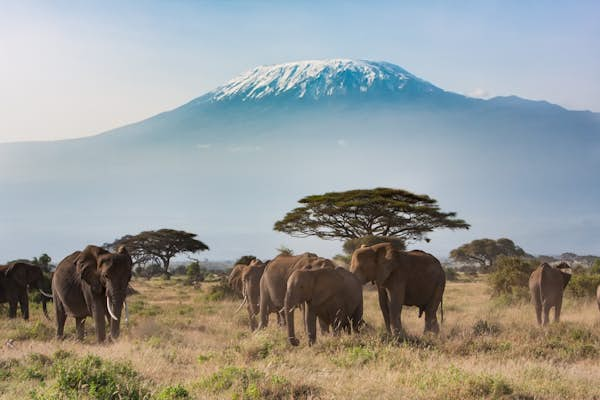
Amboseli National Park
Highlights of Amboseli National Park
Amboseli National Park is a must-visit destination for wildlife photography enthusiasts. If you're looking for an incredible experience filled with diverse wildlife and stunning landscapes, Amboseli has it all. Here are some highlights of what you can expect:
- Iconic Wildlife: Amboseli National Park is known for its elephant population, which is one of the largest in Africa. Besides elephants, you can also spot a variety of other wildlife, including lions, cheetahs, giraffes, zebras, and a multitude of bird species.
- Views of Mount Kilimanjaro: Amboseli offers one of the best vantage points to get a clear view of Mount Kilimanjaro, Africa's highest peak. The towering mountain provides a majestic backdrop to your wildlife photographs, creating breathtaking and unique compositions.
- Experience the Local Maasai Culture: The Maasai people are the indigenous community of Amboseli, and a visit to the park offers an opportunity to learn and capture their rich cultural heritage. Photograph the Maasai warriors dressed in traditional attire or witness their traditional dances, adding a touch of cultural immersion to your photography experience.
Capturing the Stunning Landscape of Amboseli National Park
When it comes to landscape photography, Amboseli National Park doesn't disappoint. The park's unique terrain and juxtaposition of wildlife with vast open plains provide a myriad of photography opportunities. Here are some tips for capturing the stunning landscape of Amboseli:
- Utilize Wide-angle Lenses: Amboseli's expansive vistas deserve to be showcased, and wide-angle lenses can help you capture the grandeur of the landscape. Use these lenses to emphasize the vastness of the park and include elements like acacia trees, swamps, and the blue sky for a breathtaking composition.
- Play with Depth of Field: Experimenting with depth of field can add a sense of depth and dimension to your landscape photographs. Consider using a smaller aperture (higher f-number) to keep both the foreground and background in focus, highlighting the details of the landscape.
- Golden Hour Magic: Just like in Masai Mara, the early morning and late afternoon lights in Amboseli create a magical atmosphere. Make the most of the golden hour to capture warm, soft sunlight that paints the landscape with rich colours, enhancing the beauty of the park and its inhabitants.
- Include Wildlife in your Landscape Shots: Amboseli's wildlife adds an extra dimension to your landscape photography. Look for opportunities to capture animals grazing against the backdrop of the plains or drinking from watering holes. These juxtapositions create memorable and unique images.
- Experiment with Silhouettes: Amboseli's horizon provides the perfect canvas for capturing mesmerizing silhouettes against the vibrant sky, especially during sunset. Use the outline of animals, trees, or the iconic Mount Kilimanjaro to create dramatic and evocative images.
Amboseli National Park is a paradise for wildlife and landscape photographers alike. With its abundant wildlife, breathtaking views of Mount Kilimanjaro, and the opportunity to experience the vibrant Maasai culture, this park offers endless possibilities to capture stunning images. So, grab your camera and embark on a photography adventure in Amboseli National Park, where every click of the shutter will unveil remarkable moments and unforgettable memories.
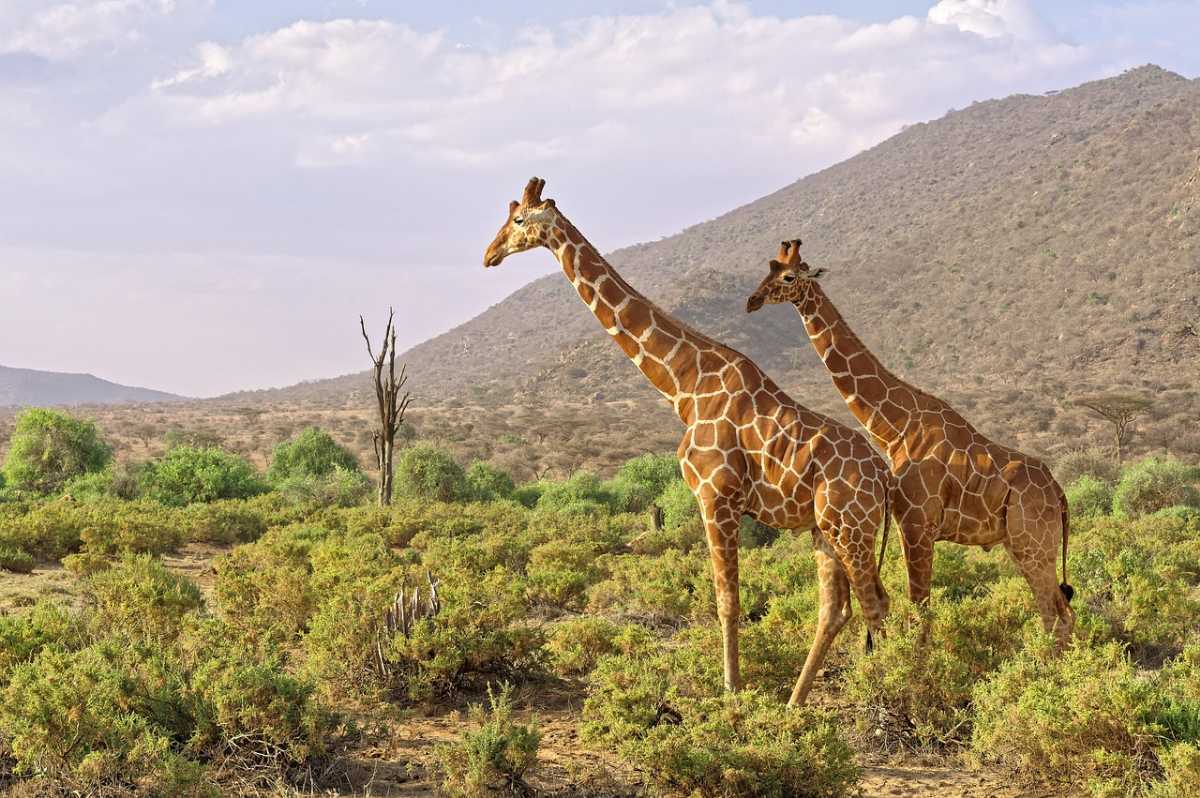
Samburu National Reserve
Unique Wildlife Encounters in Samburu National Reserve
Samburu National Reserve is a gem for wildlife enthusiasts like yourself. Get ready for an extraordinary safari experience filled with unique wildlife encounters that you won't find anywhere else. Here are some of the highlights:
-
Rare Species: Samburu National Reserve is home to several rare and endemic species that you won't find in other parks. Keep an eye out for the Grevy's zebra, reticulated giraffe, and Somali ostrich. These magnificent creatures offer a unique opportunity to capture truly special photographs.
-
Leopard Haven: Samburu National Reserve has gained a reputation as a prime leopard habitat. With a bit of luck and patience, you may be able to photograph these elusive creatures in their natural habitat. Remember always to respect their space and observe them from a safe distance.
-
River Wildlife: The reserve is bordered by the Ewaso Ng'iro River, which attracts a diverse range of wildlife. Keep your camera ready to capture animals such as elephants, crocodiles, hippos, and various bird species as they come to quench their thirst or enjoy a bath.
Tips for Photographing the Vibrant Culture of the Samburu People
The Samburu people are the indigenous community that calls this reserve their home. Immerse yourself in their vibrant culture and capture unique photographs that showcase their traditions and way of life. Here are some tips to effectively photograph the Samburu people:
-
Respectful Approach: Before taking any photographs, it's important to establish a respectful connection with the Samburu people. Approach them with a friendly attitude and ask for permission before taking their picture. Building trust and showing interest in their culture will result in more authentic and meaningful photographs.
-
Capture Traditions: The Samburu people have rich cultural traditions that are visually captivating. Capture moments of their traditional dances adorned in colourful attire and unique jewellery. These images will tell a story and provide a glimpse into their age-old customs.
-
Portraiture: The Samburu people have striking features and are naturally photogenic. Make use of natural light to capture expressive portraits that showcase their character and beauty. Remember to focus on capturing their genuine emotions and connections with their surroundings.
-
Daily Life: Go beyond the staged moments and capture the Samburu people in their daily lives. Photograph them as they tend to livestock, gather water from the river, craft traditional items, or interact with their community. These candid shots will add depth and authenticity to your collection.
By visiting Samburu National Reserve, you are not only embarking on a wildlife adventure but also immersing yourself in the vibrant culture of the Samburu people. Through your lens, you have the power to document their unique traditions and the incredible wildlife that coexist in this extraordinary reserve. So, get ready to capture unforgettable moments and create a visual story that will transport your audience to the heart of Samburu.

Lake Nakuru National Park
Flamingo Paradise: Exploring Lake Nakuru National Park
Get ready for a stunning adventure as you explore the beautiful Lake Nakuru National Park. This park is a true paradise for bird enthusiasts, with its iconic pink flamingos creating a breathtaking sight. Here are some highlights to look forward to:
- Flamingo Spectacle: Lake Nakuru is known for its massive flocks of flamingos that gather along the shores of the alkaline lake. Witness the mesmerizing sight of these elegant birds as they create a vibrant pink carpet against the backdrop of the lake. The sheer number of flamingos is a sight to behold and offers a unique opportunity for stunning photographs.
- Black and White Rhinos: Lake Nakuru National Park is also home to both black and white rhinos, providing a chance to observe and photograph these critically endangered species up close. Seeing these majestic creatures in their natural habitat is a once-in-a-lifetime experience that should not be missed.
- Other Wildlife: While flamingos and rhinos are the stars of the show, Lake Nakuru is also home to a variety of other wildlife. Keep your eyes peeled for buffalo, zebras, giraffes, and numerous bird species as you explore the park. The diverse range of habitats within the park ensures that there is always something exciting to photograph.
- Panoramic Views: Lake Nakuru National Park offers breathtaking scenic views from various vantage points. Capture the beauty of the lake, surrounded by lush vegetation and picturesque landscapes. These panoramic shots will provide a sense of serenity and natural beauty to your collection.
Techniques for Capturing Birdlife at Lake Nakuru
Photographing the abundant birdlife at Lake Nakuru requires some specific techniques to ensure stunning results. Here are some tips to help you capture the beauty of these feathered creatures:
- Morning Light: Early morning is the best time to capture birdlife at Lake Nakuru, as the soft golden light adds a magical touch to your photos. Plan your photography sessions accordingly to make the most of this beautiful light.
- Telephoto Lens: A telephoto lens will allow you to capture close-up shots of the birds, highlighting their intricate details and vibrant colours. Invest in a lens with a good zoom range to bring the birds closer without disturbing their natural behaviour.
- Patience and Observance: Bird photography requires patience and the ability to observe your subjects closely. Take the time to understand their behaviour and anticipate their movements, allowing you to capture unique and engaging shots.
- Composition: Pay attention to composition when photographing birdlife. Utilize the rule of thirds to create balanced and visually appealing images. Experiment with different angles and perspectives to add depth and interest to your photographs.
Lake Nakuru National Park offers an incredible opportunity to witness the wonders of nature and capture stunning photographs of its diverse birdlife. Remember to be respectful of the wildlife and maintain a safe distance while photographing, allowing them to thrive undisturbed. Get ready to embark on an unforgettable journey and create a visual story that showcases the beauty of Lake Nakuru National Park and its magnificent birdlife.
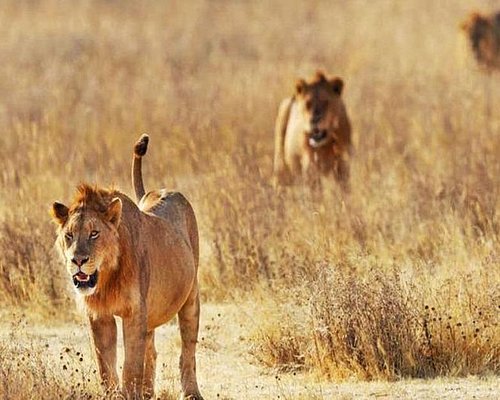
Tsavo National Park
Exploring the Breathtaking Wilderness of Tsavo National Park
Prepare yourself for an unforgettable adventure as you embark on a journey through the mesmerizing Tsavo National Park. This vast wilderness is a haven for nature enthusiasts, offering a diverse range of landscapes and wildlife. Here are some highlights to look forward to:
- Panoramic Landscapes: Tsavo National Park is renowned for its stunning landscapes, ranging from sweeping savannahs to rugged hills and volcanic lava flows. Capture the majesty of these natural wonders as you explore the park, creating breathtaking panoramic shots that showcase the untamed beauty of Tsavo.
- Breathtaking Wildlife: Home to a rich variety of wildlife, Tsavo National Park offers numerous opportunities to photograph iconic African animals. Spot majestic elephants, graceful giraffes, powerful lions, and elusive leopards as they thrive in their natural habitat. Witnessing these creatures up close will truly leave you in awe of the raw power and beauty of nature.
- Rich Birdlife: Tsavo National Park is a paradise for bird enthusiasts, with over 500 bird species calling it home. Be prepared to capture the vibrant plumage and unique behaviours of these feathered creatures as they flit among the trees and soar through the sky. The park's diverse habitats provide an ideal environment for birdwatching and photography.
- Magical Sunsets: As the sun sets over the vast expanse of Tsavo National Park, the sky comes alive with hues of orange, pink, and purple. Take advantage of this magical hour to capture stunning silhouettes of wildlife against the colourful backdrop. These sunset photographs will bring a touch of ethereal beauty to your collection.
Strategies for Photographing Majestic Elephants in Tsavo
Photographing elephants in their natural habitat is a truly awe-inspiring experience. Here are some strategies to help you capture these majestic creatures in Tsavo National Park:
- Patience and Respect: Elephants are intelligent and sensitive creatures deserving of our utmost respect. Approach them with patience and maintain a safe distance to ensure their comfort and well-being. Allow them to go about their daily routines without disturbance and observe their magnificent behaviours from a respectful distance.
- Wide-Angle Lens: Elephants are enormous animals that deserve to be captured in their entirety. Use a wide-angle lens to showcase their size, power, and the vastness of their surroundings. Include the surrounding landscapes to provide context and highlight the grandeur of these gentle giants.
- Expressive Close-Ups: While wide-angle shots capture the grandeur, close-up shots allow you to capture the intricate details and expressions of elephants. Focus on their eyes, trunks, and textured skin to reveal their unique personalities and emotions. These intimate portraits will bring an emotional connection to your photographs.
- Golden Hour Magic: The soft, warm light of the golden hour adds a touch of magic to any photograph. Plan your photography sessions early in the morning or late in the afternoon to make the most of this beautiful light. The golden hues will enhance the rich colours of the elephants' skin, creating a captivating visual feast.
Tsavo National Park offers an unparalleled opportunity to immerse yourself in the breathtaking wilderness and capture stunning photographs of its magnificent wildlife. Remember to always prioritize the well-being and respect of the animals, allowing them to thrive undisturbed. Get ready to embark on this once-in-a-lifetime adventure and create a visual story that celebrates the wonders of Tsavo National Park.
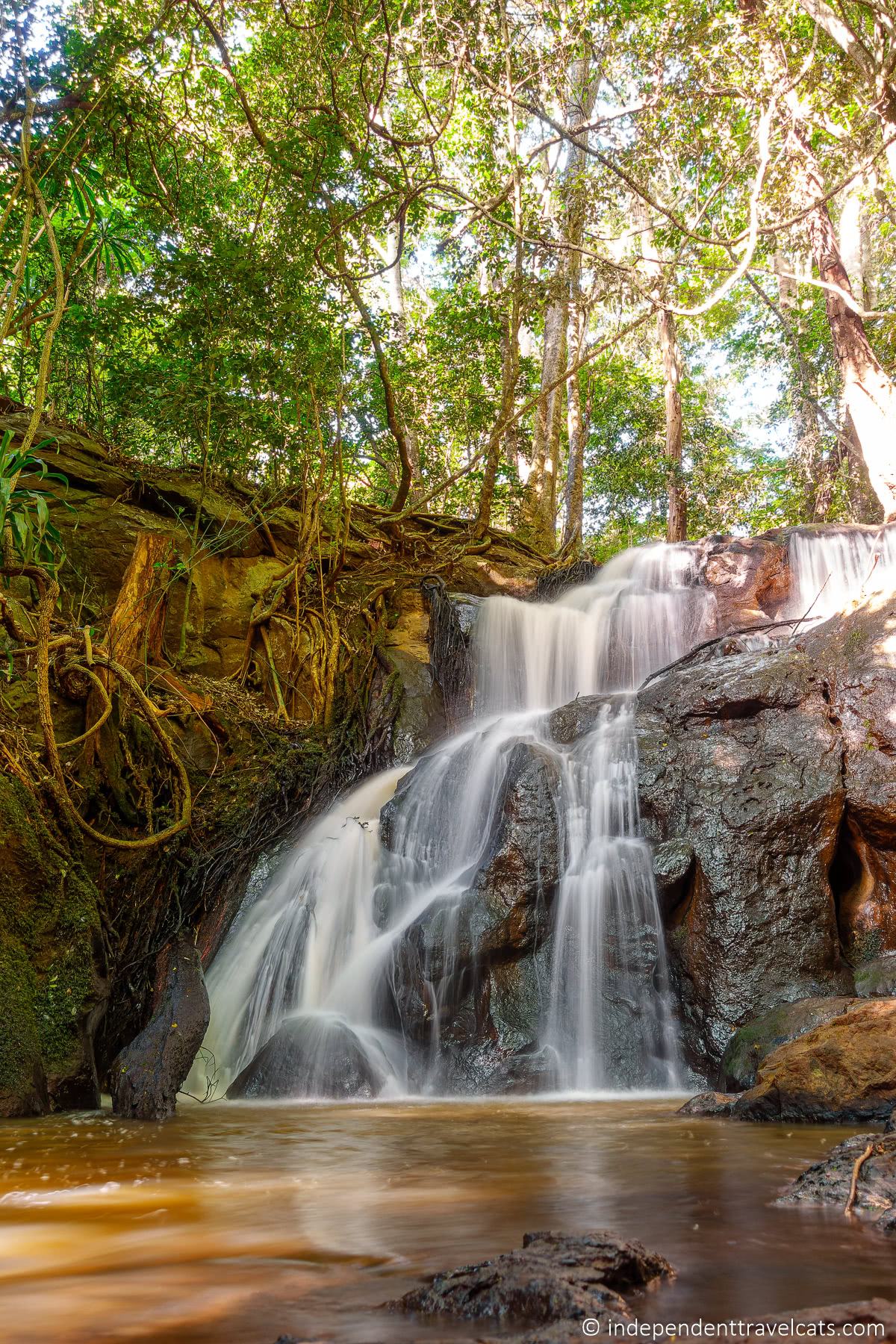
Nairobi National Park
Discovering Wildlife Photography in the Heart of Nairobi
Get ready to embark on a thrilling wildlife photography adventure right in the heart of Nairobi at the incredible Nairobi National Park. This unique park offers a rare opportunity to photograph a wide variety of African wildlife against the backdrop of a bustling city.
- Close Proximity: One of the unique aspects of Nairobi National Park is its proximity to the city. Just a short drive from the urban centre, you can find yourself immersed in the wilderness, surrounded by stunning landscapes and incredible wildlife. This makes it incredibly convenient for photography enthusiasts looking to capture memorable shots without having to travel far.
- Diverse Wildlife: Nairobi National Park is home to an array of iconic African animals. From majestic lions to graceful zebras and towering giraffes, you'll have the chance to capture photographs of these magnificent creatures in their natural habitat. The park is also known for its diverse birdlife, offering an opportunity to photograph beautiful and colourful avian species.
- Scenic Landscapes: Despite being located close to a busy city, Nairobi National Park boasts breathtaking landscapes that will transport you to the heart of the African wilderness. From vast grassy plains to picturesque riverbanks, the park provides a stunning backdrop for your wildlife photography. Capture the beauty of the landscapes and incorporate them into your compositions to add depth and scale to your images.
- Guided Safaris: For those new to wildlife photography or seeking guidance, Nairobi National Park offers guided safari tours led by experienced and knowledgeable guides. These experts will not only help you locate and track the wildlife but will also provide valuable insights and tips for capturing the best shots. Their expertise will enhance your photography experience and help you create stunning images.
Getting Up Close with Nairobi's Big Cats
If you have a passion for photographing big cats, Nairobi National Park is an ideal destination for you. Here are some tips to help you capture incredible shots of Nairobi's majestic lions and cheetahs:
- Understanding Behavior: Spend time studying and observing the behaviour of lions and cheetahs. This will help you anticipate their movements and capture more dynamic shots. Get familiar with their hunting patterns and social interactions to capture truly impactful images.
- Patiently Waiting: Big cats can be elusive, so patience is key. Find a strategic location, preferably near a watering hole or a known hunting ground, and wait for the perfect moment to capture the big cats in action. Be prepared to spend time observing and waiting for the right opportunity.
- Zoom Lenses: As big cats can be dangerous, it's important to maintain a safe distance. To capture detailed shots, use zoom lenses that allow you to get close without compromising your safety or that of the wildlife. A telephoto lens with a long focal length will enable you to capture intimate shots without disturbing the animals.
- Focus on Expressions: Big cats are known for their expressive faces. Focus on capturing the intensity and emotions in their eyes, the power of their jaws, or the gracefulness of their movements. These close-up shots will bring out their unique personalities and draw viewers into their world.
With its convenient location and diverse wildlife, Nairobi National Park offers an incredible opportunity to explore wildlife photography in an urban setting. Immerse yourself in the sights and sounds of the park, and let your photography tell the story of Nairobi's remarkable wildlife.
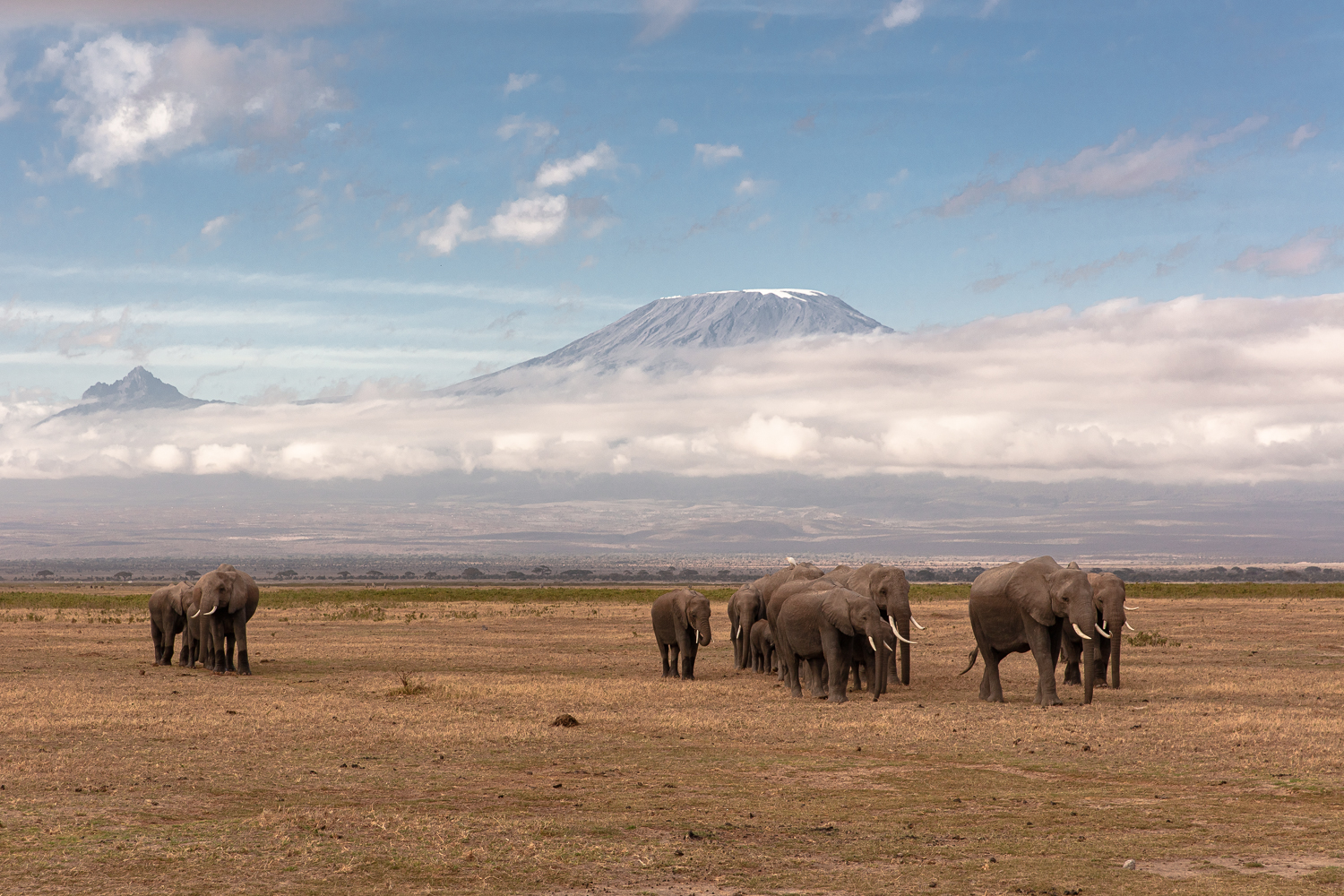
Insider Tips for a Successful Kenyan Photo Adventure
Best Time of Year to Visit for Optimal Photography
When planning your Kenyan photo adventure, it's important to consider the best time of year to visit for optimal photography opportunities. Here are some pointers:
- Dry Seasons: The dry seasons, which run from January to March and July to October, are considered the best times for wildlife photography. During these periods, the vegetation is less dense, making it easier to spot and photograph animals. Additionally, the animals gather around watering holes, providing opportunities for stunning shots.
- Migration and Birthing Season: If you're interested in capturing the famed wildebeest migration or witnessing the birthing season of various animals, consider visiting Kenya between July and October. This period offers unique photo opportunities and the chance to witness incredible wildlife events.
- Birdwatching Season: For bird photography enthusiasts, the best time to visit Kenya is from November to March. During this period, many migratory bird species can be found in the country, presenting a fantastic opportunity to capture striking bird photographs.
Essential Gear and Equipment for your Kenyan Photo Adventure
Preparing the right gear and equipment for your Kenyan photo adventure is essential to ensure you capture incredible shots. Here are some must-haves:
| Camera: | Bring a DSLR or mirrorless camera that offers high image resolution and good low-light performance. This will allow you to capture detailed and vibrant images in various lighting conditions. |
|---|---|
| Lenses: | Invest in a versatile zoom lens, such as a 70-200mm or a 100-400mm, to cover a wide range of focal lengths. A wide-angle lens (e.g., 16-35mm) can also be useful for capturing expansive landscapes. |
| Telephoto Lens: | A long-range telephoto lens with a focal length of 400mm or more will allow you to capture close-up shots of distant wildlife without disturbing them. |
| Tripod: | Carry a sturdy tripod to stabilize your camera and ensure sharp images, especially when shooting in low light or using long telephoto lenses. |
| Filters: | Pack a set of filters, including a polarizing filter to reduce glare and enhance colours and a neutral density filter for long-exposure shots or to darken bright skies. |
| Extra Batteries and Memory Cards: | Always carry spare batteries and memory cards to avoid missing out on precious photo opportunities due to equipment limitations. |
| Camera Bag: | Invest in a quality camera bag that is comfortable to carry and provides adequate protection for your gear. |
| Other Essentials: | Don't forget to pack essentials such as lens cleaning kits, rain covers for your gear, and a reliable power bank for charging your camera and other electronic devices. |
By following these insider tips and being well-prepared with the right gear, you can make the most of your Kenyan photo adventure and capture breathtaking images of the country's wildlife and landscapes.
